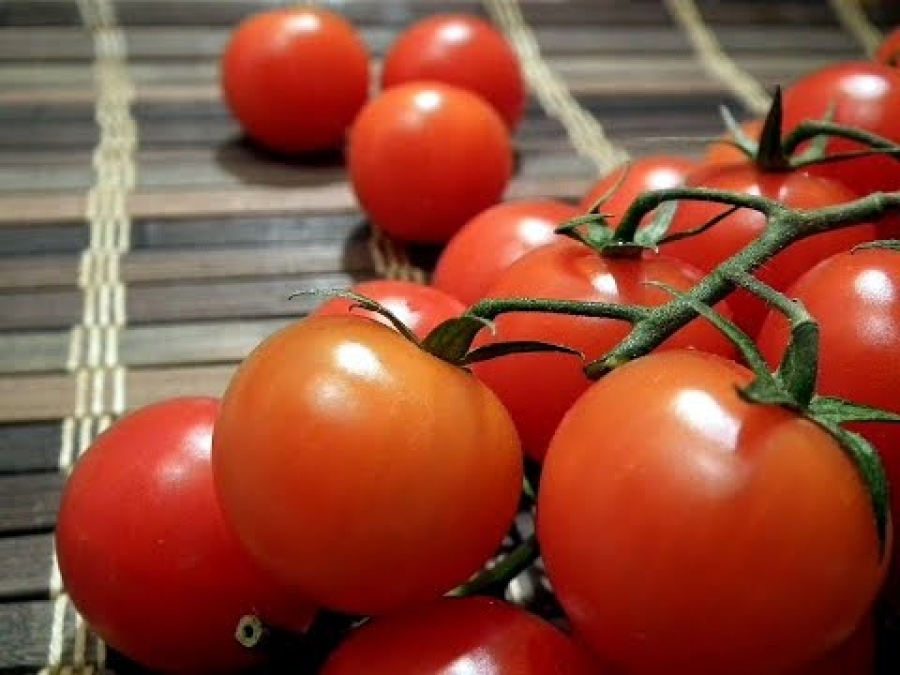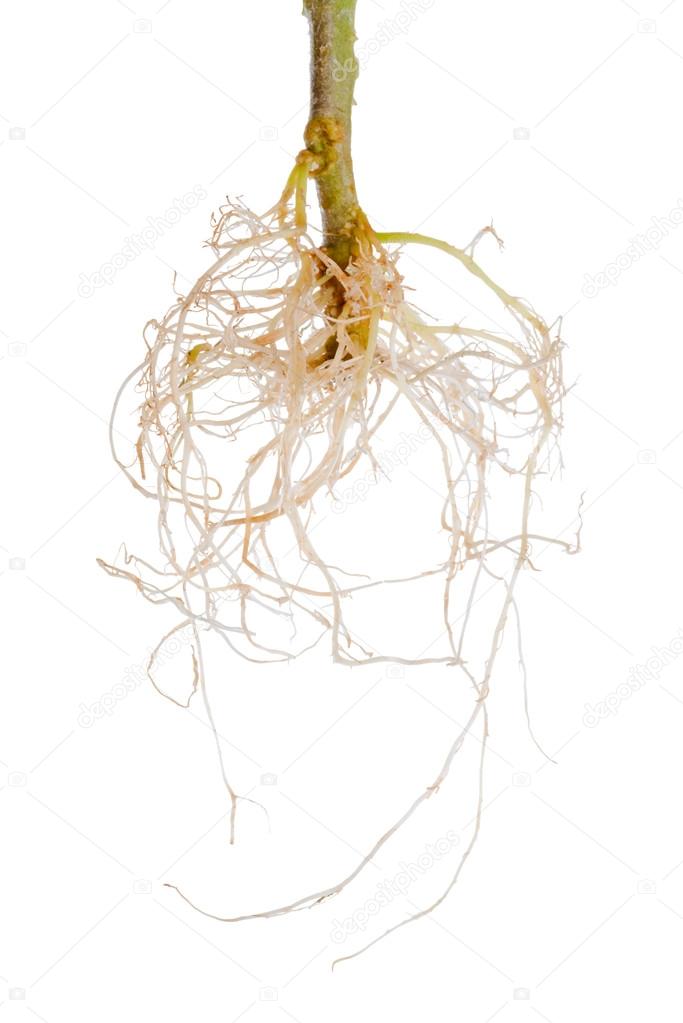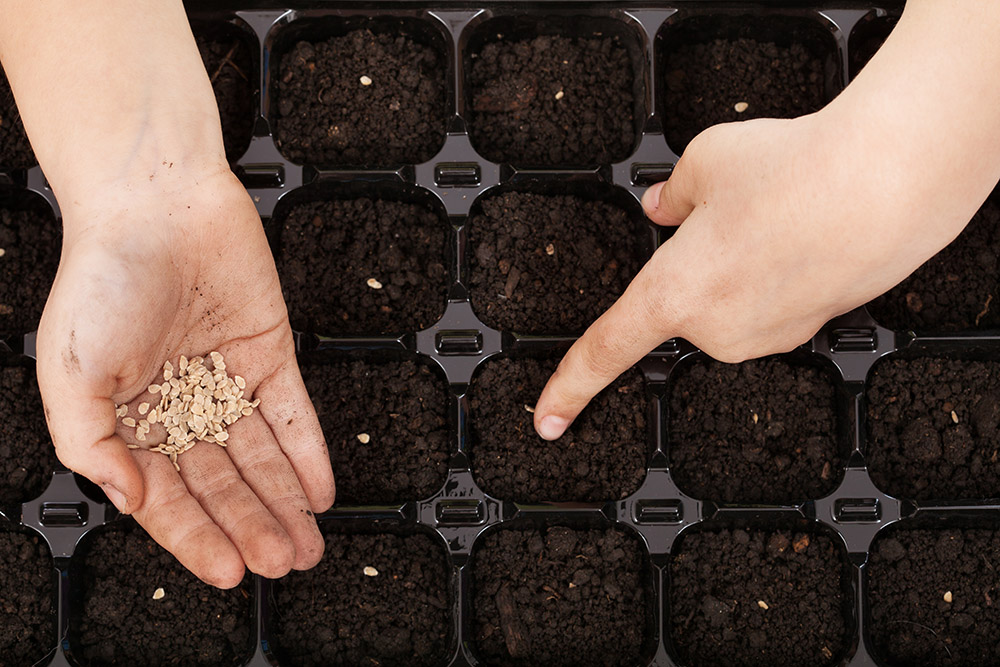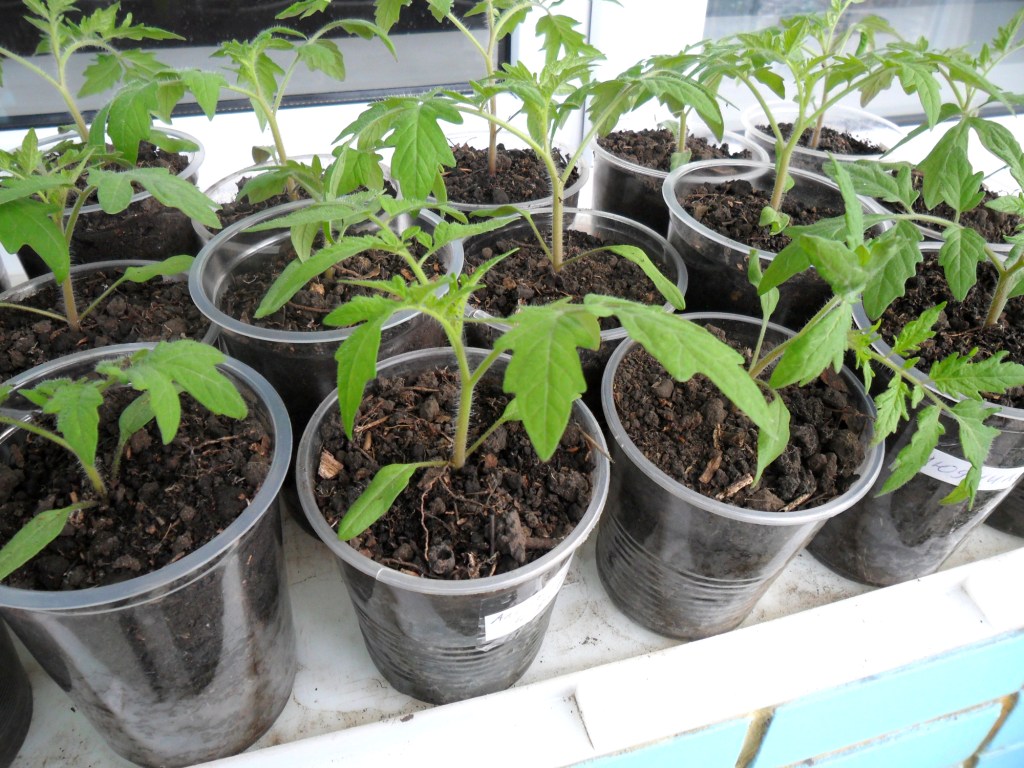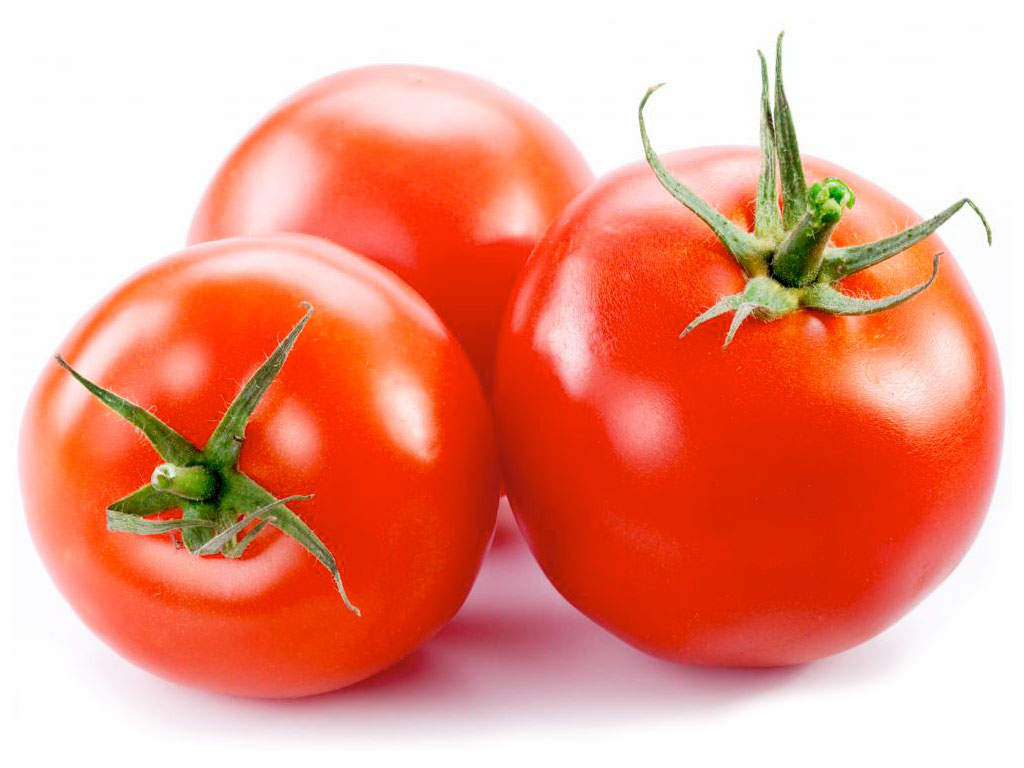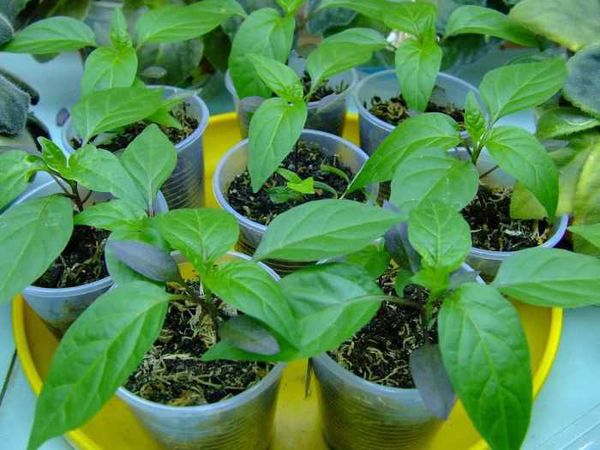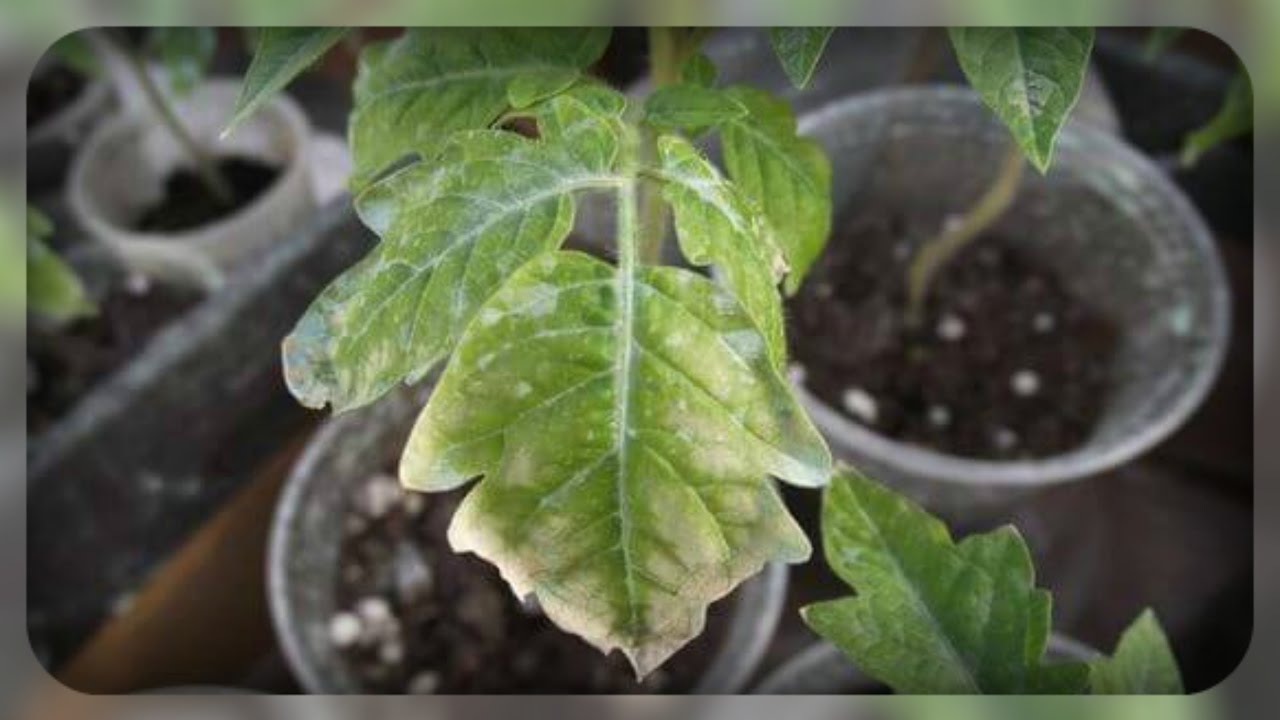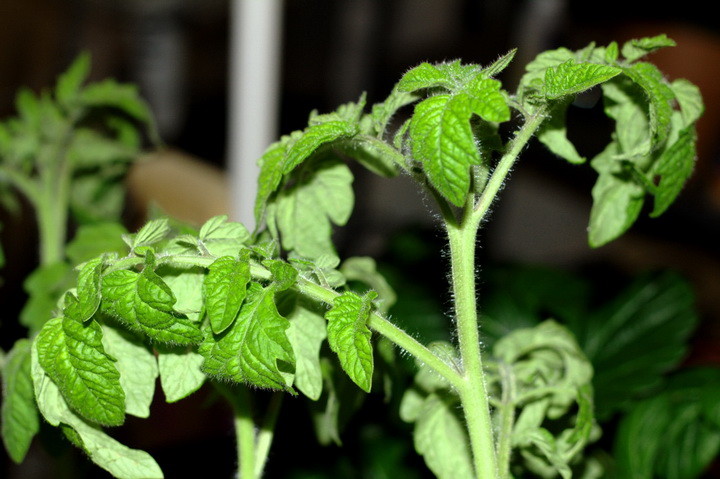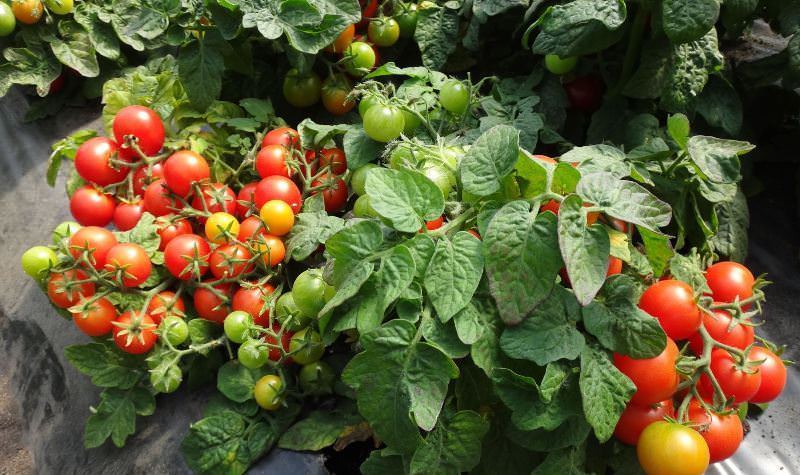Content:
Tomato is an unpretentious culture. As a rule, the harvest ripens even among novice gardeners. Nevertheless, when growing seedlings, there is a risk of encountering a number of problems that you need to be prepared for. Knowing why the roots of tomato seedlings do not develop and how to strengthen the root system, you can grow healthy and strong seedlings.
Reasons for problems with seedlings
A lot of troubles await the seedlings.
Lack of essential nutrients
With a lack of nitrogen in seedlings, the leaves become smaller and pale, the stem becomes weak and thin. The purple color of the back of the leaf indicates that the plant requires phosphorus. Curled leaves and yellowing around the edges are a sign of insufficient potassium. Magnesium is added if tomato leaves have become "marbled".
Errors in agricultural technology
Waterlogging can deprive the plant's roots of oxygen and increase the concentration of carbon dioxide. The balance of moisture, air and minerals in the soil is disturbed. Oxygen starvation will lead to root suffocation and, as a result, to the death of the plant.
With an inappropriate soil composition, the development of seedlings will stop. The tomato does not grow in heavy soil (such as clay). Peat is added to loosen it. Sandy soil is also not the best choice for tomato seedlings: all nutrients are washed out of it, so compost or humus must be added. Strongly acidified soil is treated with lime or dolomite flour. The optimal acidity index for the development of the root system of tomatoes is 6 pH.
Seedling diseases
Rot is a disease caused by excess moisture, low soil and air temperatures. There is no cure for this infection.
The cause of the appearance of a black leg may be a thickened planting, intense heat, poor lighting. Plants can be saved only at the very beginning of the disease - plant seedlings less often, spill with a solution of potassium permanganate.
Root strengthening methods
At the initial stage of tomato development, it is important to create favorable conditions for the rapid and effective growth of the root part of plants. Strong, healthy roots are the key to a productive vegetation of seedlings, and in the future - a large harvest.
The prepared seeds are planted in light nutritious soil with a slightly acidic reaction. Experienced vegetable growers experimentally select the optimal soil composition. Many recommend using a mixture of sand, humus and garden soil (1: 1: 1) with the addition of ash and superphosphate. Such a substrate will provide the seedlings with the necessary nutrients and additional feeding will not be required.
The land must be healthy so that pests and diseases are not transmitted to plants. To do this, the soil is heated and spilled with a solution of potassium permanganate. With a high content of peat in the soil, ash is added, if the soil is very dense - sand.
As soon as the first shoots loops appear, the air temperature in the room where the seedlings are kept is lowered to 18 ° C during the day and to 12 ° C at night, so that the stems do not stretch out and the development of the root system proceeds faster. At the same time, it is necessary to control the soil temperature.It should not fall below 15⁰С.
Tomatoes do not like highly moist soil. When overflowing, the roots begin to rot. If the ground is dry, you should wait a couple of days for the leaves to wither a little, and then water.
Watering is recommended along the edges of the container, since the roots grow in the direction of moisture and this method of watering will help more of them to form. After moistening, the soil is carefully loosened.
The root system of tomato seedlings will develop poorly with insufficient lighting and thickened plantings. Daylight hours should be at least 14-16 hours. For supplementary lighting of seedlings, electric phytolamps are used. To avoid dense planting, the containers are pushed apart, preventing the leaves from touching neighbors.
After the appearance of the third true leaf, developed seedlings are seated in separate containers. The root system gets the opportunity to develop in more comfortable conditions. Weak and damaged specimens are discarded. When picking, the main stem is shortened by 1/3, which increases the number of lateral roots.
To obtain high-quality seedlings, it is important to choose the right container for it. On sale you can find containers for every taste and wallet: wooden and plastic boxes, trays with cassettes, seedling pots, peat pots, plastic disposable glasses, as well as homemade containers. Seedlings can be grown in all of these containers. The main thing is that the container has drainage holes and the dimensions of the container are 12-17 cm in height and width, optimal for the growth of tomato seedlings.
How to grow a root system
Tomato roots have the ability to form during the entire period of plant development. This feature allows you to significantly increase the total volume of roots using certain agrotechnical techniques.
Tomatoes have a taproot system, which makes it possible to position the roots in the desired direction. Tomatoes are planted by seed and seedling methods. When planted with seeds, the stem stem grows vertically in depth.
When growing tomatoes in seedlings, the main root is pinched during a pick. Its vertical growth stops, the plant is able to grow a large number of lateral processes. By being close to the surface, they receive more moisture and nutrition.
During the growth of the bush, it is recommended to add a fertile substrate to the stem to form new roots. It is useful to huddle with damp soil and add additional food.
An effective technique for increasing the yield is the cultivation of "two-legged" plants. Saplings that have reached a height of 12-14 cm and intended for grafting are placed at a distance of 15 cm and at an angle to each other, the roots are turned in opposite directions. Each plant is tied to a support. The lower three leaves on the stems are removed.
Vaccination is done two weeks after planting seedlings in the evening, when the heat subsided.
With a sharp blade treated with alcohol, slices 4 cm long are made on both plants, removing a thin layer of the skin. Having connected the places of the cuts, they are tightly wrapped with a piece of fabric. After 10 days, the weaker stem is cut 5 cm above the graft. The stems must be rounded in cross section, otherwise the grafting sites will not grow together well.
Two-rooted tomatoes manage to develop an abundant root system during the growing season, receive double nutrition and form larger fruits.
For grafting, it is better to take tomatoes of the same variety so that there is no rejection of plants.
Gardeners' tips for getting strong tomato seedlings
Seedlings dived into transparent containers grow and develop faster.The earth should be poured a little more than half of the container and added as the sprouts grow.
A couple of hours before planting seedlings in the ground, it should be shed abundantly. Also pour 2-3 liters of water into the hole previously filled with fertilizers. Seedlings are placed in mud "porridge", fertile soil is poured and compacted. After planting, no watering is performed for two weeks. In search of food, the roots are distributed over a vast area and are actively developing.
To increase the number of ovaries, the bushes are sprayed with boric acid - 10 g are diluted in 1 liter of hot water, the mixture is poured into a bucket with 9 liters of water, mixed and sprayed in dry weather in the evening.
When planting seedlings, they are placed in a reclining container, covering most of the stem with soil and leaving several leaves on the surface. This method allows plants to develop a powerful root system. When planted in the ground, they begin to grow without pause and soon bloom.
To combat late blight at the seedling stage, it is advised to use iodine. A solution of iodine (5 drops per 5 l of water) is sprayed on the bushes. This remedy not only prevents phytophthora, but is also a microfertilizer, since it adds sugar to the fruit.
Knowing why the root system of tomato seedlings does not develop and taking measures in time, you can count on an excellent harvest.
